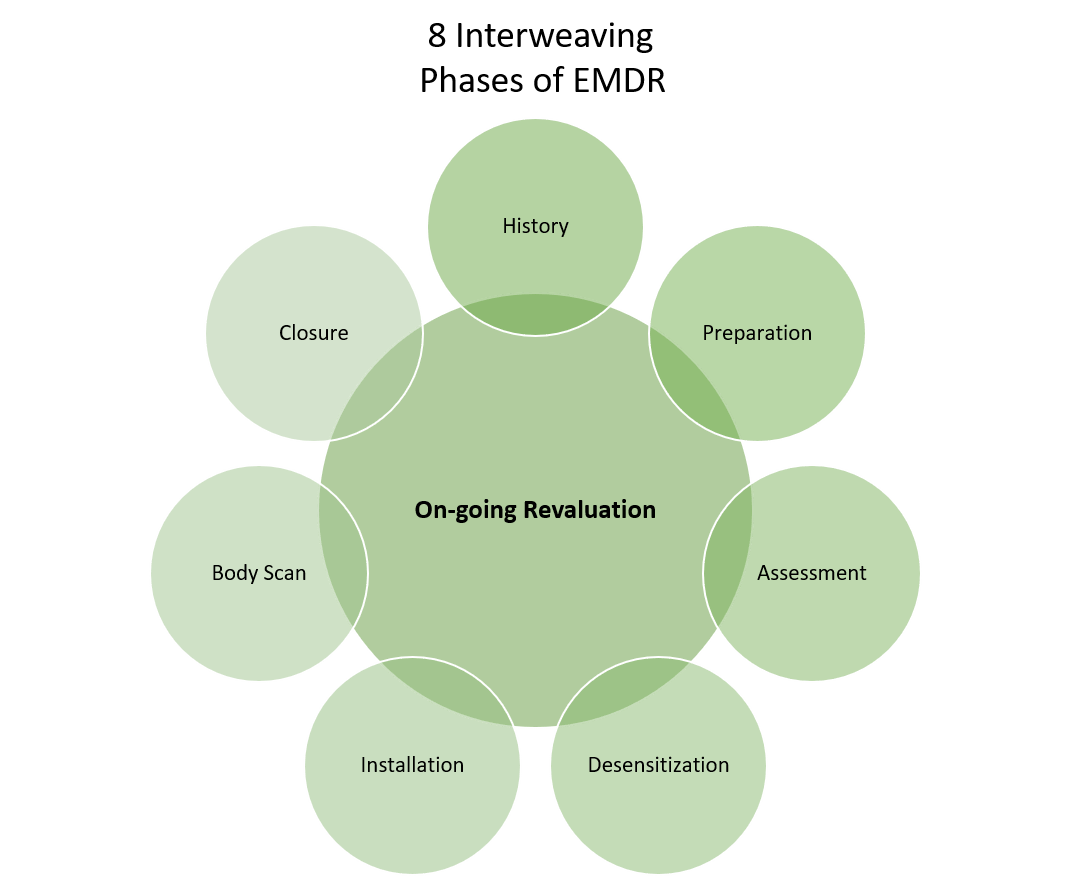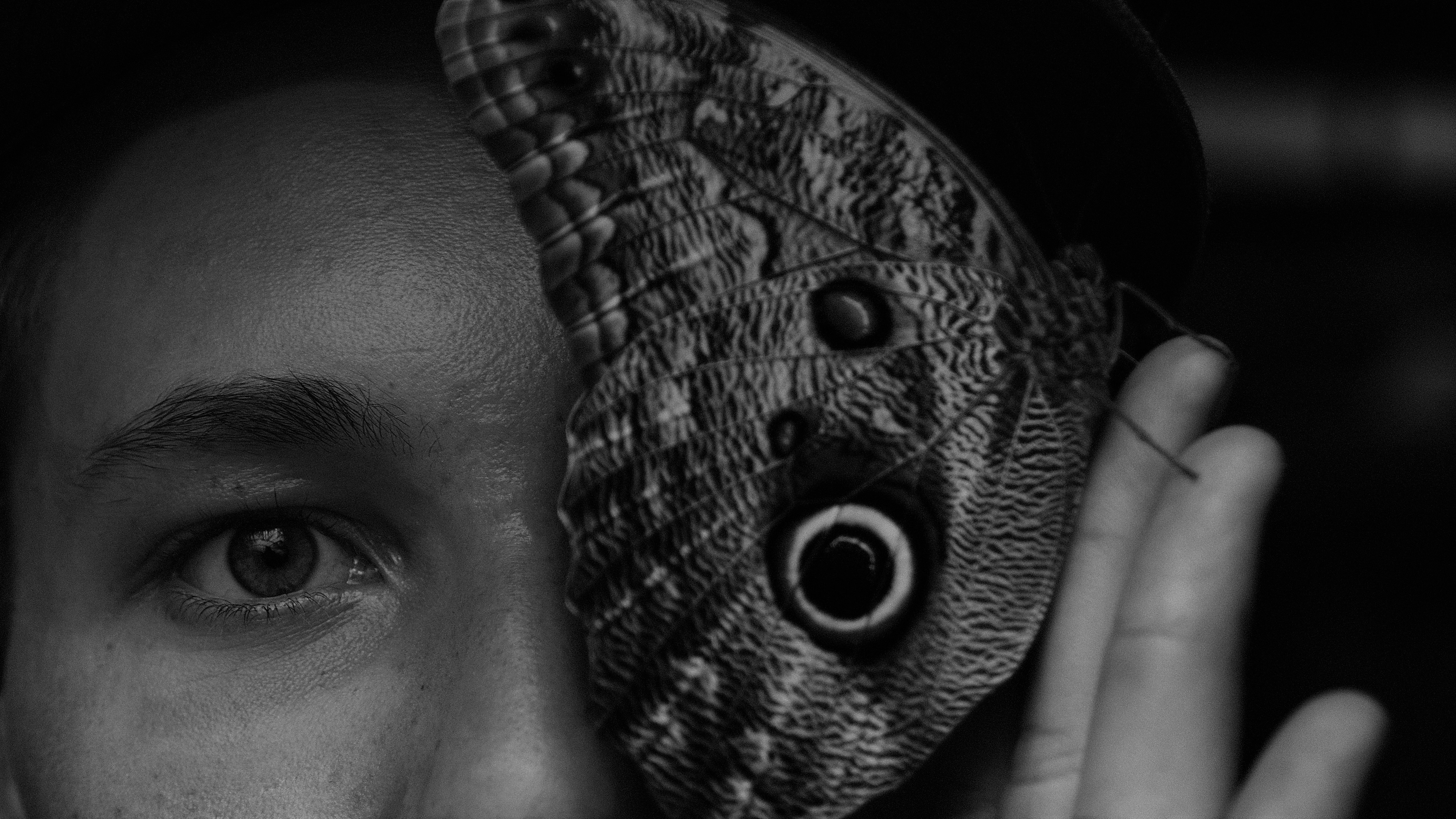What is EMDR?
“The past affects the present, without our even being aware of it.”
-Dr. Francine Shapiro, the originator and developer of EMDR
Eye Movement Desensitization and Reprocessing (EMDR) is an approach to psychotherapy that works with the way memories are stored in the brain.
People often seek out EMDR to address specific past events or memories that are causing them issues. Though, it is important to note that many people have unexplained symptoms, for example fatigue, poor concentration or a racing heartbeat, without conscious links to memories. Since there can be experiences in life that do not follow the normal path of being physiologically processed by the brain and body, these experiences can show up as symptoms instead of memories.
It is not necessary for you to have specific memories in mind when beginning EMDR.
When something happens in your present life that resembles a past unprocessed experience, or even has just a slight similarity to a past experience, the brain can react as if the experience is happening again in the present moment and you may experience symptoms, reactions, or flashbacks.
EMDR helps move stuck memories to a part of the brain where they can now truly be in the past.
Real, physical changes take place with EMDR.
EMDR can make it possible for you to live more in the present, without the past interfering.
EMDR uses a rhythmic side-to-side pattern (bilateral stimulation) which assists in processing memories, changing the way they are stored in the brain and body. EMDR usually relies on eye movements which involve the therapist moving two fingers in front of the eyeline of the client while they recall distressing memories or feelings as their eyes track the finger movement. In addition to eye movements, other things like audio tones or hand buzzers may also be used for the bilateral stimulation.
You are not required to tell your detailed story and the goal is not to relive past experiences. During the processing phase, the goal is to stay in the present moment while also holding the memories or feelings of the past.
EMDR is not a quick intervention or technique, it is an approach that has 8 phases and 3 prongs.


EMDR is not always the right fit for all clients and it can often be part of a broader treatment.
Part of my work with you as your therapist would be to know when, and if, EMDR could be helpful to you.
You can trust me to explain the process as we weave through the phases and prongs. I will welcome any of your questions or concerns along the way. Considering EMDR as way to work with your issues or symptoms can bring up both hope and fear. We can work together with all it may bring up for you.
EMDR is founded in the powerful healing capacity of the human system. As your therapist, my job is to create the right conditions, you are the one who does the healing.

That which holds us back from accepting our brilliance and worth is either a lie or a memory.
EMDR is a part of my overall approach to Individual Psychotherapy. I combine EMDR with other approaches such as Internal Family Systems and Mindfulness-Centered Somatic Psychotherapy. It would be an honor to work together with you to help you find more peace and freedom in your life.

Reach Me
Jennifer DiGennaro MA LPC 1324 Lake Drive Suite 8 Grand Rapids, Michigan 49506
Tel: 616.446.6728
E-mail: Jen@NourishedEnergy.com
